
Animals eat both plants and animals
Animals eat both plants and animals
1. Dogs

- Dogs were the first animal species to be domesticated, and they have been selectively bred over the years for their physical attributes, sensory capabilities, and various behaviors.
- There are many different shapes for dog tails straight, straight up, sickle, curled, or corkscrew.
- Many people consider dogs to be carnivorous however, based on their nutrition and metabolism, they are omnivores.
2. Bears

- Bears are grouped as doglike carnivorans or caniforms, and they belong to the family Ursidae.
- While the polar bear is mostly carnivorous, and the giant panda feeds almost entirely on bamboo, the remaining six species are omnivorous with varied diets.
- They have sharp claws and the jaw pressure powerful enough to crush a human skull.
- The poaching and international trade of these most threatened populations are prohibited, but still ongoing.
3. Raccoons
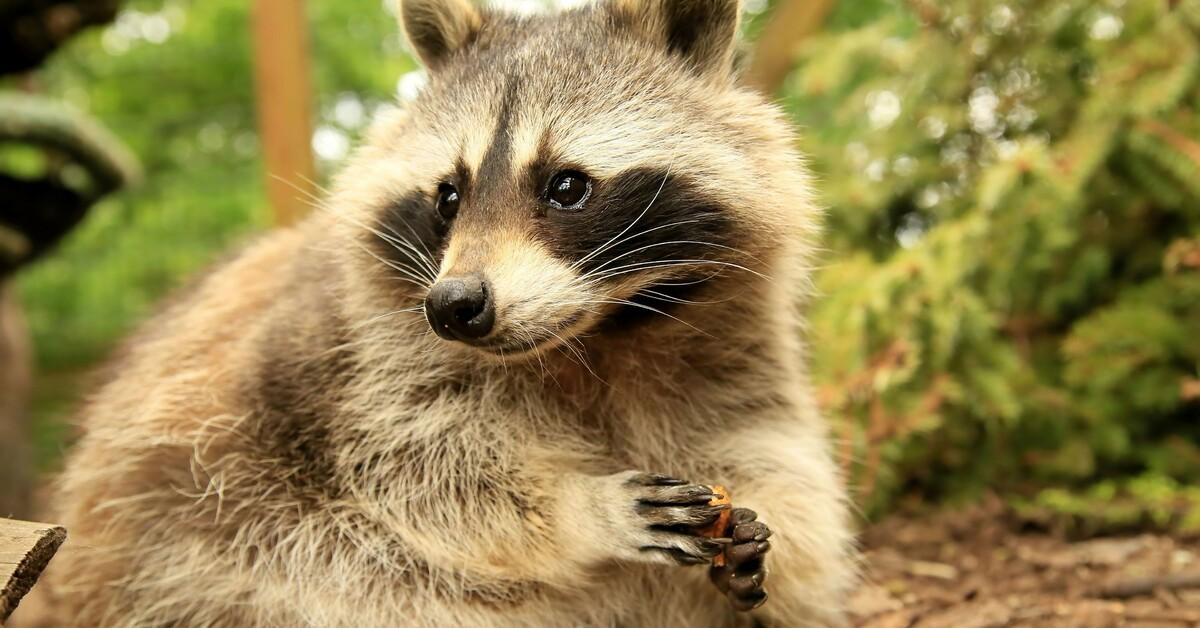
- Raccoons also referred to as northern raccoons, or coon, are medium-sized mammals that can be found in North America.
- Their diet consists of a wide variety of many different foods, eating plants, vertebrates, and invertebrates.
- Though previously thought to be generally solitary, there is now evidence that raccoons engage in sex-specific social behavior.
- Raccoons are known predators of hatchlings and eggs in reptile and bird nests.
4. Chipmunks

- A chipmunk is a small striped rodent belonging to the Sciuridae family.
- They use their cheek pouches to store food, to carry it back to their burrow.
- As a result, most taxonomies over the twentieth century have placed the chipmunks into a single genus.
- Chipmunks are considered to be pests since they consume cultivated vegetables and grains among other plants in the gardens and farms.
5. Squirrels
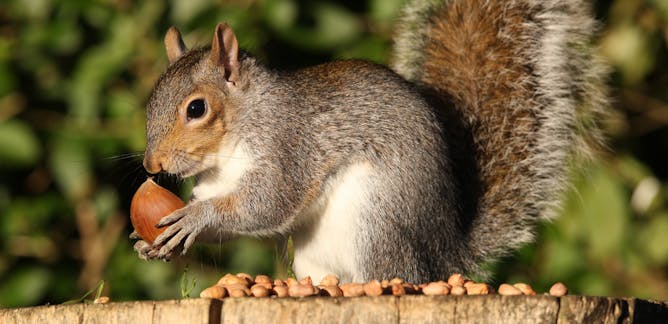
- Squirrels belong to the family Sciuridae, and they are native to Africa, Eurasia, and the Americas.
- The earliest known fossilized squirrels date from the Eocene epoch, and among other living rodent families, the squirrels are most closely related to the mountain beaver and to the dormice.
- Squirrels are agile creatures, their feet can rotate 180 degrees, and they are able to climb down trees headfirst.
6. Opossum
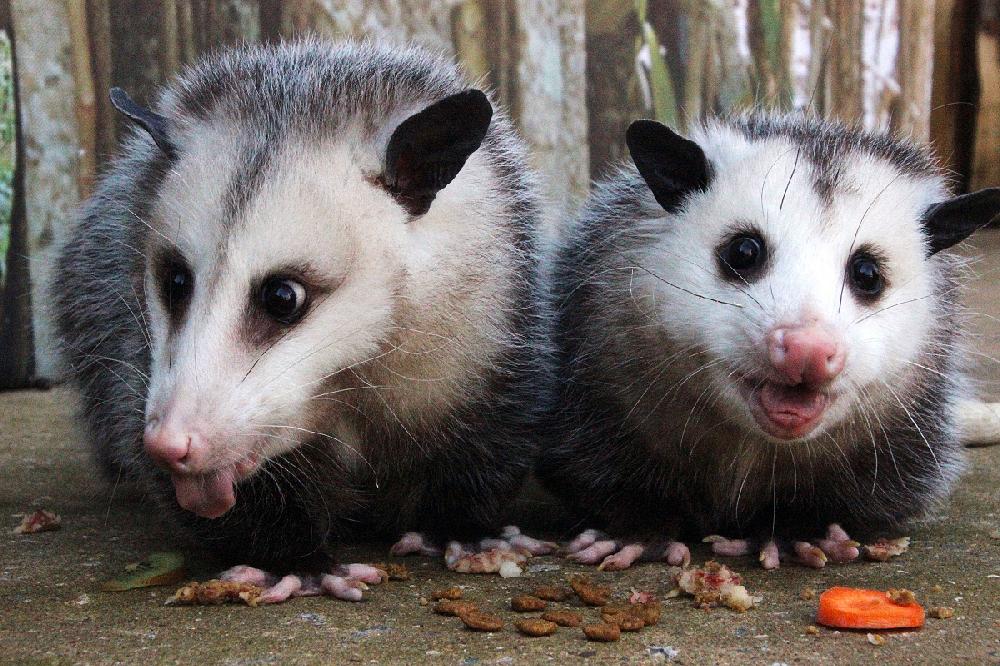
- Opossums are marsupials that originated in South America and later entered North America.
- Their unique reproductive habit, flexible diet, and unspecialized biology make them successful survivors in diverse conditions and places.
- Opossums are usually solitary and nomadic, staying in one area as long as food and water are easily available.
- They also consume grains, frogs, plants, fruits, and eggs.
7. Hedgehogs

- Hedgehogs are spiny mammals that belong to the subfamily Erinaceinae.
- Hedgehogs share distant ancestry with shrews (family Soricidae), with gymnures possibly being the intermediate link, and they have changed little over the last fifteen million years
- Hedgehogs are easily recognized by their spines, which are hollow hairs made stiff with keratin.
8. White-Footed Mouse

- The white-footed mouse, also known as a wood mouse, is a very timid creature, avoiding humans and danger of any kind as much as possible.
- White-footed mice are omnivorous, and eat seeds and insects
9. Brown Rat
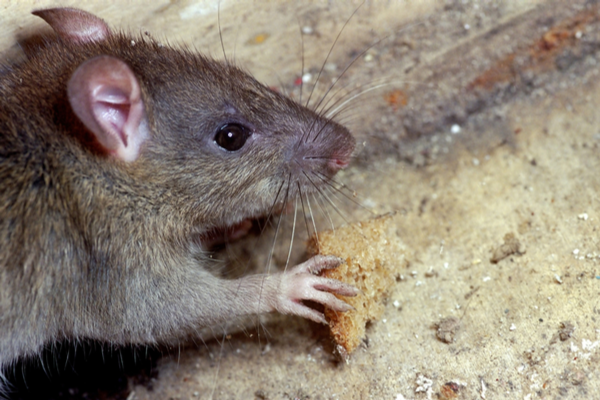
- rown rats are a perfect example of a true omnivore, eating almost anything they come across.
- One of the largest muroids, it is a brown or grey rodent with a head and body length of up to 28 cm (11 in) long, and a tail slightly shorter than that.
- Brown rats have acute hearing, are sensitive to ultrasound, and possess a very highly developed olfactory sense.
10. Western gorilla
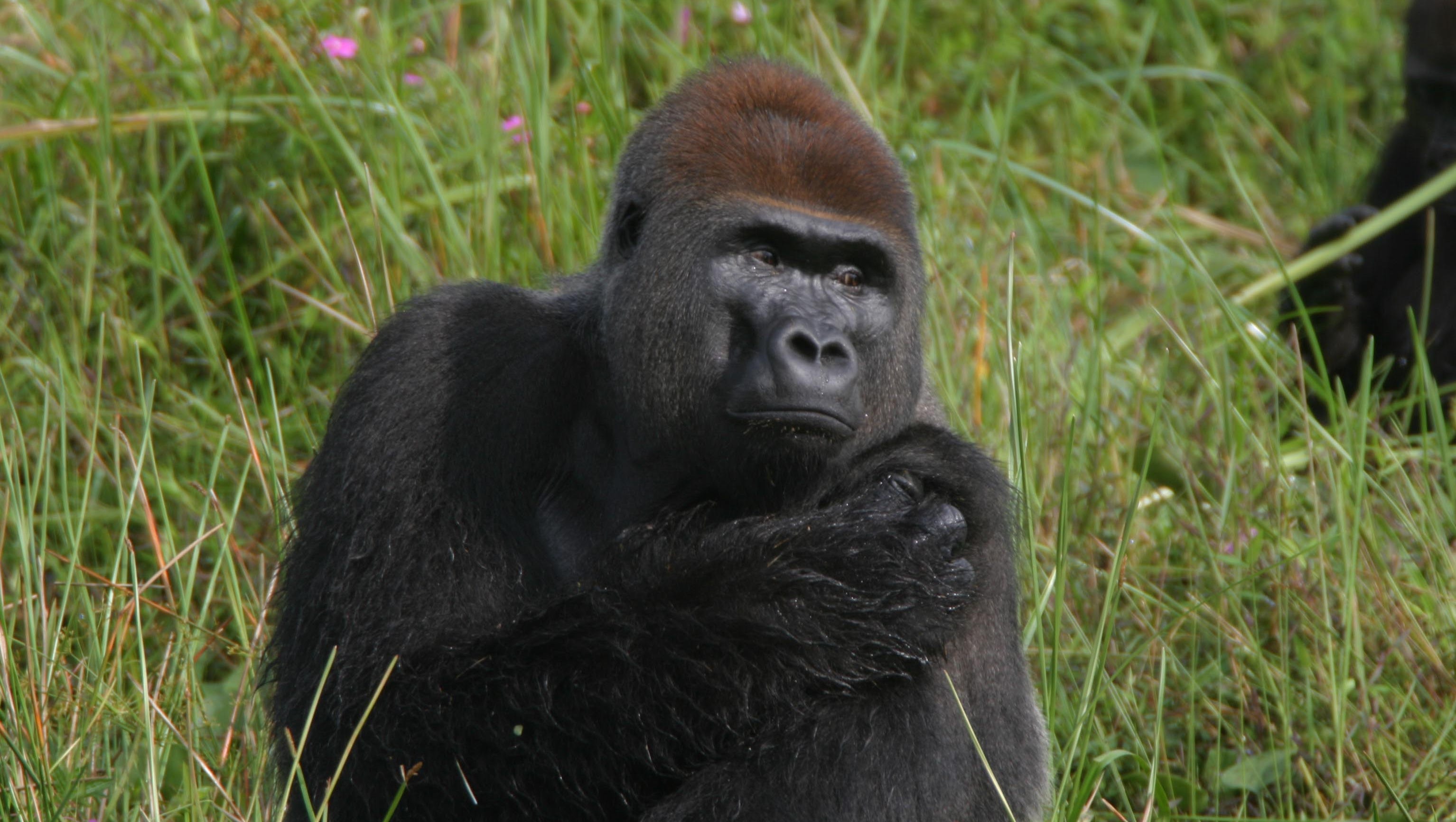
- Gorillas are the largest of the primates. Western Gorillas are social animals living in units called Harems.
- Western gorillas live in groups that vary in size from two to twenty individuals.
- Western gorillas' diets are high in fiber, including leaves, stems, fruit, piths, flowers, bark, invertebrates, and soil.
| no. | name |
| 1. | Dogs |
| 2. | Bears |
| 3. | Raccoons |
| 4. | Chipmunks |
| 5. | Squirrels |
| 6. | Opossum |
| 7. | Hedgehogs |
| 8. | White-Footed Mouse |
| 9. | Brown Rat |
| 10. | Western gorilla |
Blog Upload on - Dec. 28, 2021
Views - 4379

posted By -
Animals Super Store
Related Posts
-
Animals Helpline In Uttar Pradesh
March 3, 2022 -
Pet Animals
Nov. 25, 2021 -
Animals Helpline In Madhya Pradesh
March 10, 2022 -
Fastest animals in the world
Dec. 14, 2021 -
Animals helpline In Punjab
March 7, 2022 -
 Animals Helpline In Maharashtra
Animals Helpline In Maharashtra
March 5, 2022 -
Poisonous snakes of the world
Dec. 21, 2021 -
Types of frog
Dec. 16, 2021
0
0 Comments

Blog Topics
Bakra Mandi List ,
इंडिया की सभी बकरा मंडी लिस्ट ,
बीटल बकरी ,
Beetal Goat ,
सिरोही बकरी ,
Sirohi Goat ,
तोतापुरी बकरी ,
Totapuri Breed ,
बरबरी बकरी ,
Barbari Breed ,
कोटा बकरी ,
Kota Breed ,
बोर नस्ल ,
Boer Breed ,
जमुनापारी बकरी ,
Jamnapari Breed ,
सोजत बकरी ,
Sojat Breed ,
सिंधी घोड़ा ,
Sindhi Horse ,
Registered Goats Breed Of India ,
Registered cattle breeds in India ,
Registered buffalo breeds in India ,
Fastest Bird in the World ,
Dangerous Dogs ,
Cute Animals ,
Pet Animals ,
Fish for aquarium ,
Fastest animals in the world ,
Name of birds ,
Insect name ,
Types of frog ,
Cute dog breeds ,
Poisonous snakes of the world ,
Top zoo in India ,
Which animals live in water ,
Animals eat both plants and animals ,
Cat breeds in india ,
Teddy bear breeds of dogs ,
Long ear dog ,
Type of pigeons ,
pabda fish ,
Goat Farming ,
Types of parrot ,
Dairy farming ,
सिंधी घोड़ा नस्ल ,
बोअर नस्ल ,
Persian Cat ,
catfish ,
बकरी पालन ,
poultry farming ,
डेयरी फार्मिंग ,
मुर्गी पालन ,
Animals ,
पब्दा मछली ,
Buffalo ,
All animals A-Z ,
दुनिया के सबसे तेज उड़ने वाले पक्षी ,
पर्सियन बिल्ली ,
What is Gulabi Goat ,
What is Cow ? ,
भैंस क्या होती है? ,
गुलाबी बकरी ,
गाय क्या होती है? ,
बकरियों का टीकाकरण ,
बीमार मुर्गियों का इलाज और टीकाकरण। ,
Animals Helpline In Uttar Pradesh ,
Animals Helpline In Maharashtra ,
Animals helpline In Punjab ,
Animals Helpline In Madhya Pradesh ,
Animals Helpline In Andhra Pradesh ,
Animals Helpline In Karnataka ,
Animals Helpline In Haryana ,
डॉग्स मैं होने वाली बीमारियां ,
उत्तर प्रदेश पशु हेल्पलाइन ,
दुनिया के दस सबसे सर्वश्रेष्ठ पालतू जानवर ,
Dog Diseases ,
Top Ten Best Pets in The World ,
महाराष्ट्र पशु हेल्पलाइन ,
बकरीद 2022 ,
मध्य प्रदेश पशु हेल्पलाइन ,
बलि प्रथा क्या है ,
Bakrid 2022 ,
What are Sacrificial Rituals ,
गाय मैं होने वाले रोग ,
Cow Desiases ,
भेड़ पालन ,
Sheep Farming ,
कबूतर पालन ,
रैबिट फार्मिंग ,
Gaushala In Uttar Pradesh ,
GAUSHALA IN HARYANA ,
DELHI BIRD & ANIMAL HELPLINE ,
Maharashtra Bird Helpline ,
गौ पालन पंजीकरण ,
बकरी पालन व्यवसाय ,
लम्पी स्किन डिजीज ,
भेड़ पालन व्यापार ,
Lumpy Skin Disease ,
Goat Farming Business ,
भारत में टॉप डॉग्स की नस्लें ,
मछली पालन व्यापार ,
डॉग को कैसे प्रशिक्षित या ट्रेन करें ,
टॉप नैचुरल फूड फॉर डॉग्स ,
Top Natural Foods for Dogs ,
How To Train A Dog ,
Fish Farming Business ,
बकरी के दूध का उपयोग ,
Use Of Goat Milk ,
Sheep Farming Business ,
बकरियों के लिए टॉप 5 सप्लीमेंट ,
Vaccination Of Goat And Sheep ,
Top 5 Supplements for Goats ,
डॉग्स के प्रकार और डॉग्स की सभी नस्लों के नाम की लिस्ट ,
Types Of All Dog Breed Names A to Z ,
Types Of Fish Breed Names A to Z ,
दुनिया के 10 सबसे बड़े जानवर ,
Types of All Goats Breed Name A to Z ,
Top 10 Longest And Heaviest Crocodiles ,
Top 10 Highest Flying Birds ,
Top 10 Largest Snake In The World ,
Top Goats Breeds For Milk ,
Major Diseases In Goats ,
Manx Cat - Cat Without A Tail ,
Top 10 Largest & Heaviest Turtles ,
Top 10 Smartest Dog Breeds ,
Name of 5 Dog that went to Space ,
The role of animals in human culture and religions ,
The role of goats in sustainable agriculture and land management ,
8 Things You Should Never Do To Your Dog ,
Green Anaconda ,
25 Amazing Types Of Snakes ( More Details ) ,
Reticulated Python ,
Black Mamba ,
King Cobra ,
Garter Snake ,
Golden Flying Snake ,
Eastern Tiger Snake ,
Benifits Of Pet Adoption ,
Top 10 Dog Safety Tips ,
Animal Behavior, Thoughts On Choosing A Breed To Raise ,
How To Get Your Dog To Listen To You ,
A to Z List of Bird Names With Picture ,
The 10 Best Dog-Friendly Places To Go In Your India ,
Healthy Habits For Animals ,
डॉग्स में होने वाले रोग ,
गाय में होने वाले रोग ,
मानव संस्कृति और धर्मों में जानवरों की भूमिका ,
बकरियों में होने वाले प्रमुख रोग ,
टिकाऊ कृषि और भूमि प्रबंधन में बकरियों की भूमिका ,

